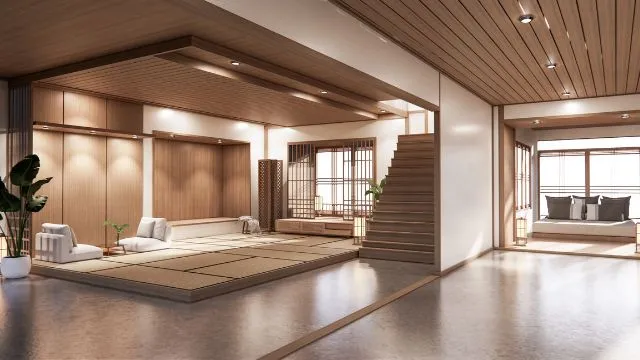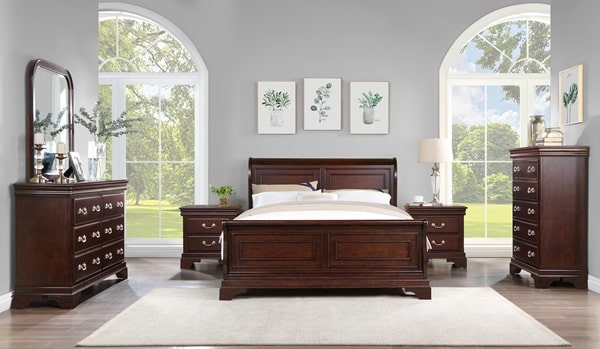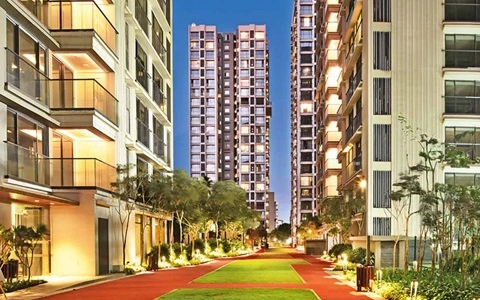Australia is home to a thriving interior design industry known for its unique blend of diverse cultural influences and innovative design approaches. Australian interior designers are recognised for their ability to create harmonious and functional spaces that embrace natural elements and incorporate sustainable design principles. Online Interior Design Courses Australia allow individuals to gain valuable knowledge and skills in the field, providing a flexible and convenient learning experience tailored to their specific needs and goals. In this article, you will explore how interior designers shape the future by adopting innovative techniques, materials, and concepts to create functional, aesthetically pleasing, and environmentally conscious spaces.
Technology-driven Design
Technology has become an integral part of modern life. Designers incorporate cutting-edge technologies into their projects to enhance functionality, improve user experiences, and create immersive spaces. From smart home automation systems to augmented reality (AR) and virtual reality (VR) applications, the technology-driven design allows designers to visualise concepts, simulate real-world scenarios, and make informed decisions before the physical implementation. These innovative technologies are revolutionising the design process and enabling designers to deliver exceptional client experiences.
Sustainable Design Practices
In response to the growing environmental concern, sustainable design practices are becoming increasingly important in interior design. Designers are adopting innovative approaches to reduce energy consumption, minimise waste, and utilise eco-friendly materials. They incorporate renewable energy systems, implement efficient lighting solutions, and integrate sustainable materials such as recycled wood, natural fibres, and low-VOC paints. By embracing sustainable design practices, interior designers minimise the environmental impact and create healthier and more sustainable spaces for occupants.
Biophilic Design
Biophilic design is an innovative approach to bringing nature into interior spaces. By incorporating natural elements such as plants, natural light, and organic materials, designers create environments that enhance well-being, productivity, and connectivity with the natural world. Biophilic design has been shown to reduce stress, improve air quality, and increase creativity and focus. By integrating nature-inspired elements, interior designers create spaces that foster calmness, connection, and vitality.
Flexible and Adaptive Spaces
Designers focus on creating flexible and adaptive spaces that can easily transform and adapt to various functions and activities. Flexible furniture systems, movable partitions, and modular design elements allow spaces to be reconfigured to suit different purposes, promoting versatility and maximising the use of space. This innovative approach ensures that interior spaces can accommodate changing needs, whether a home office that transforms into a guest room or a co-working space that can be reorganised for different collaborative activities.
Collaborative and Co-design Processes
Design is no longer a solitary endeavour. Collaborative and co-design processes have gained prominence, allowing clients, designers, and end-users to participate in the design process actively. Designers engage stakeholders in decision-making, seeking their input and incorporating their ideas and preferences. This approach ensures that the final design reflects the collective vision and addresses the specific needs of the users. Collaborative and co-design processes foster a sense of ownership, creativity, and inclusivity, resulting in more meaningful and customised interior spaces.
Conclusion
Designing the future of interior design requires innovative thinking, adaptability, and a keen awareness of emerging trends and technologies. Online interior design courses in Australia provide aspiring designers with a flexible and accessible way to gain knowledge and skills in the field, regardless of their location or existing commitments. As the field of interior design progresses, designers will continue to push boundaries, explore new possibilities, and design spaces that inspire, delight, and contribute to a sustainable future.


